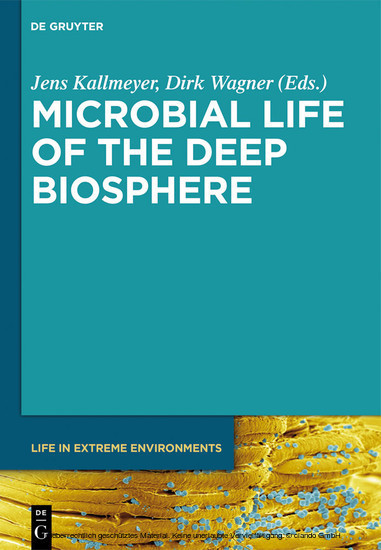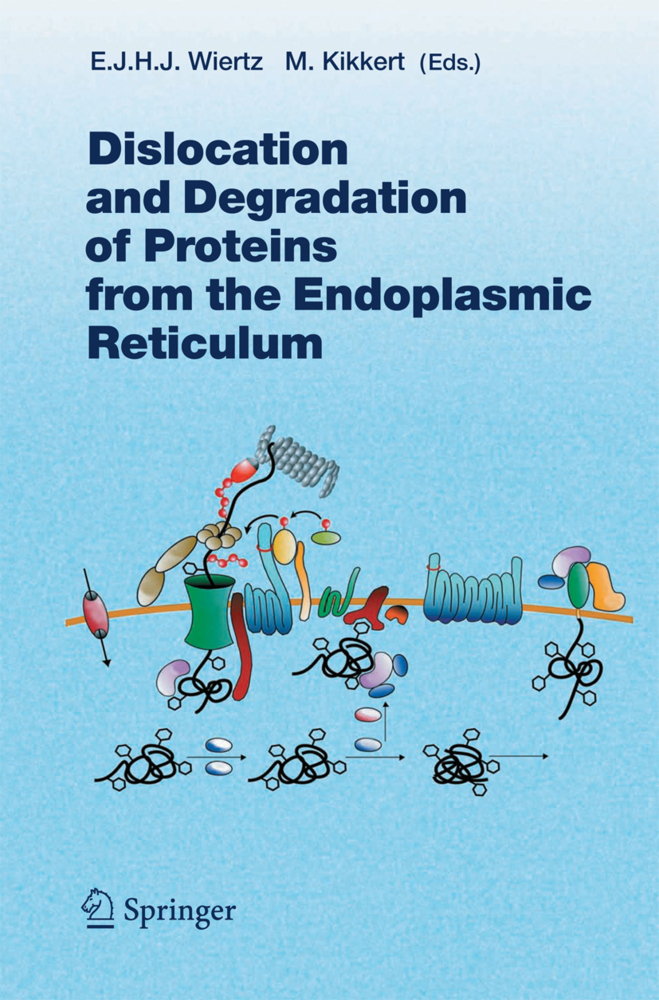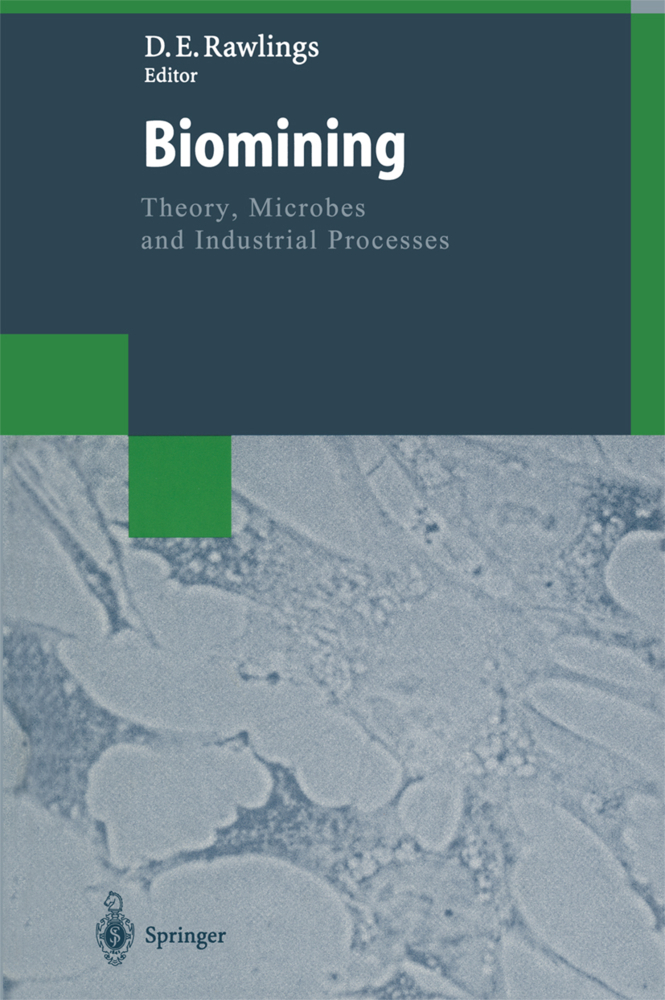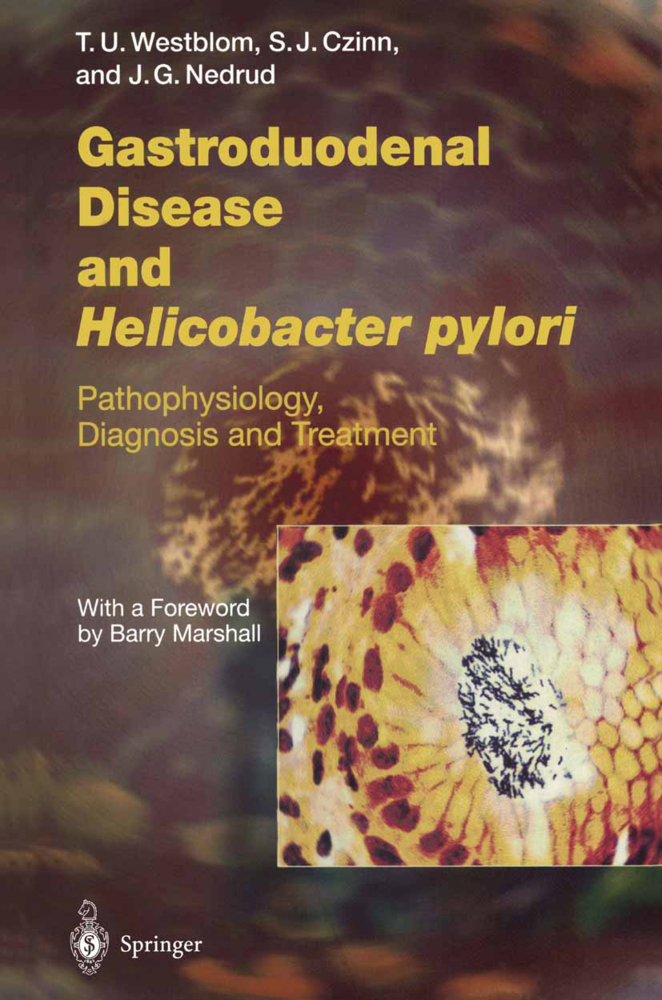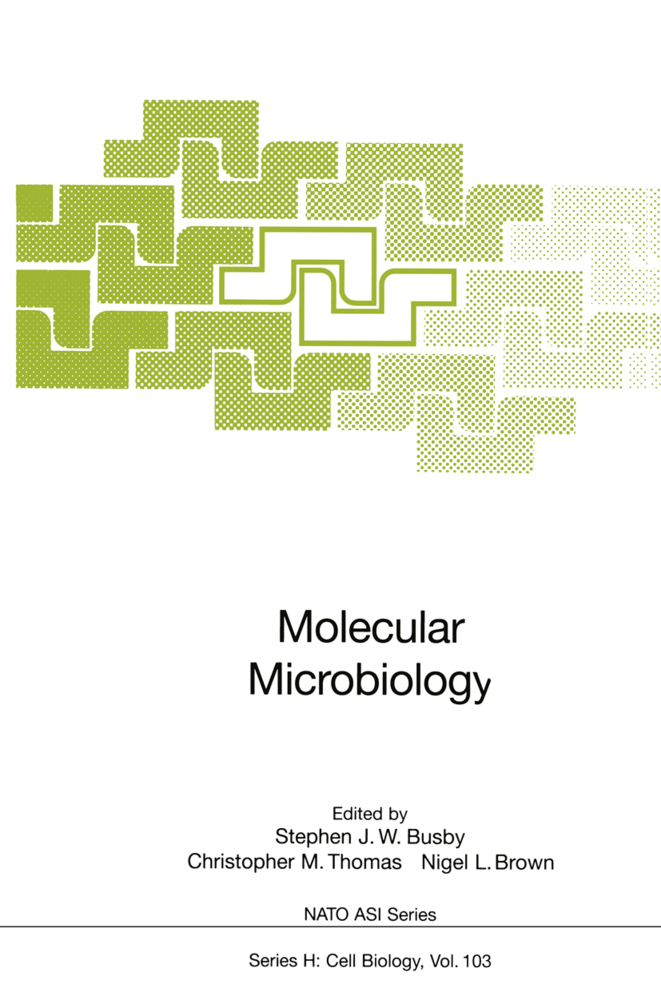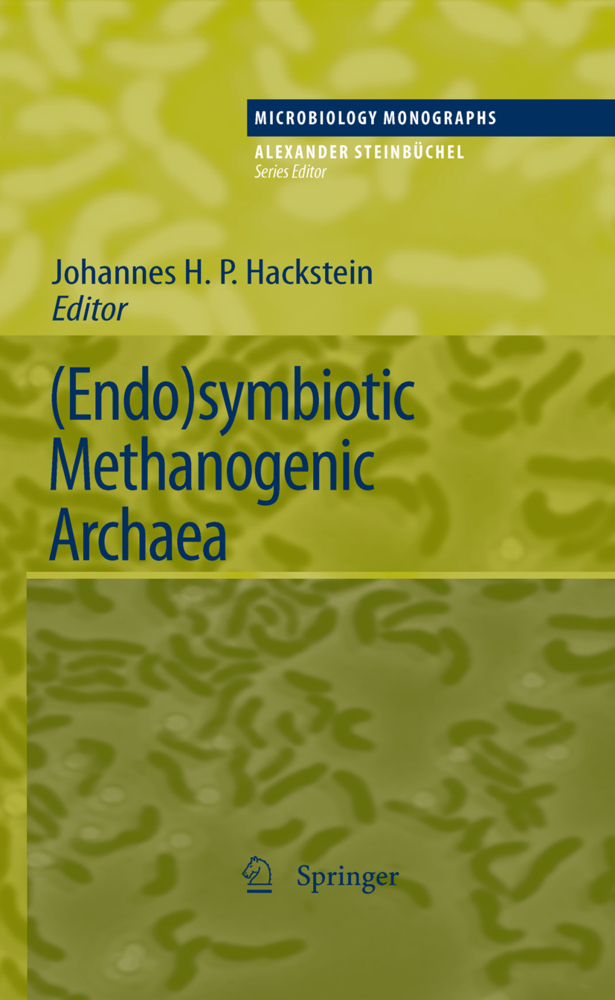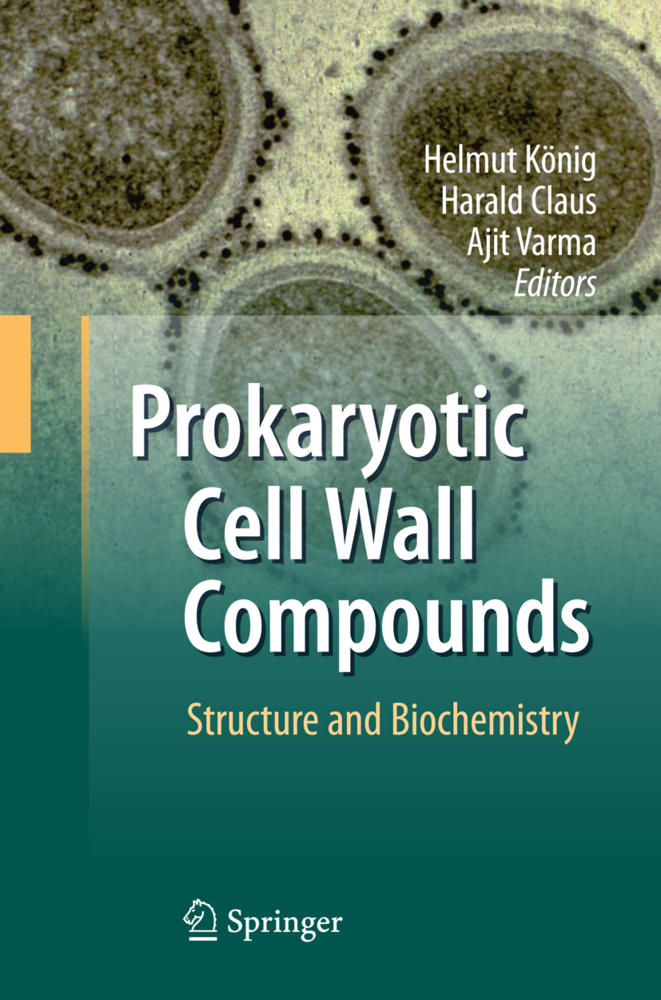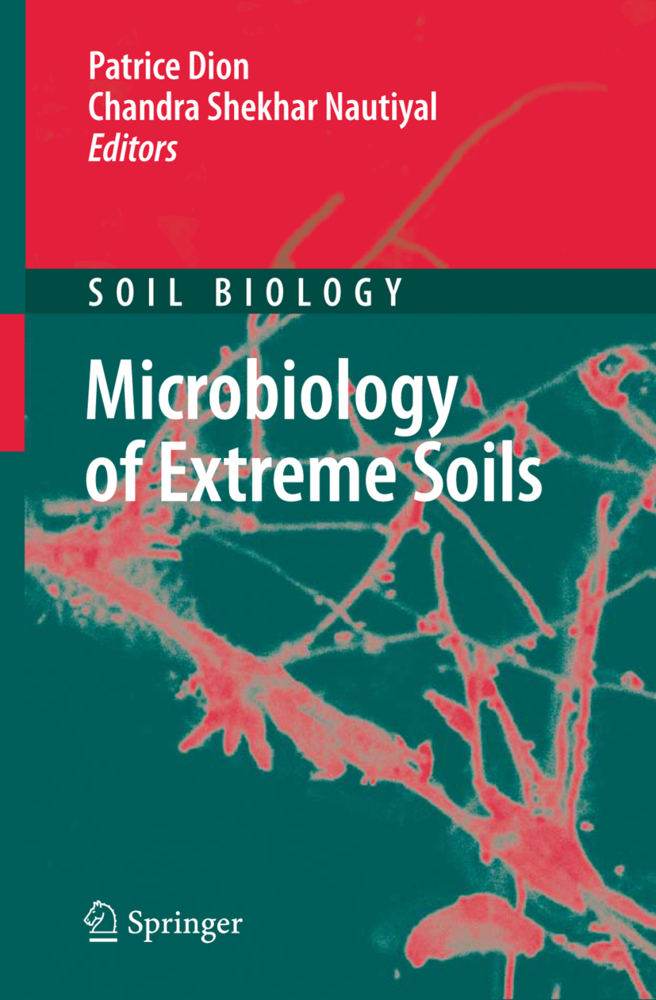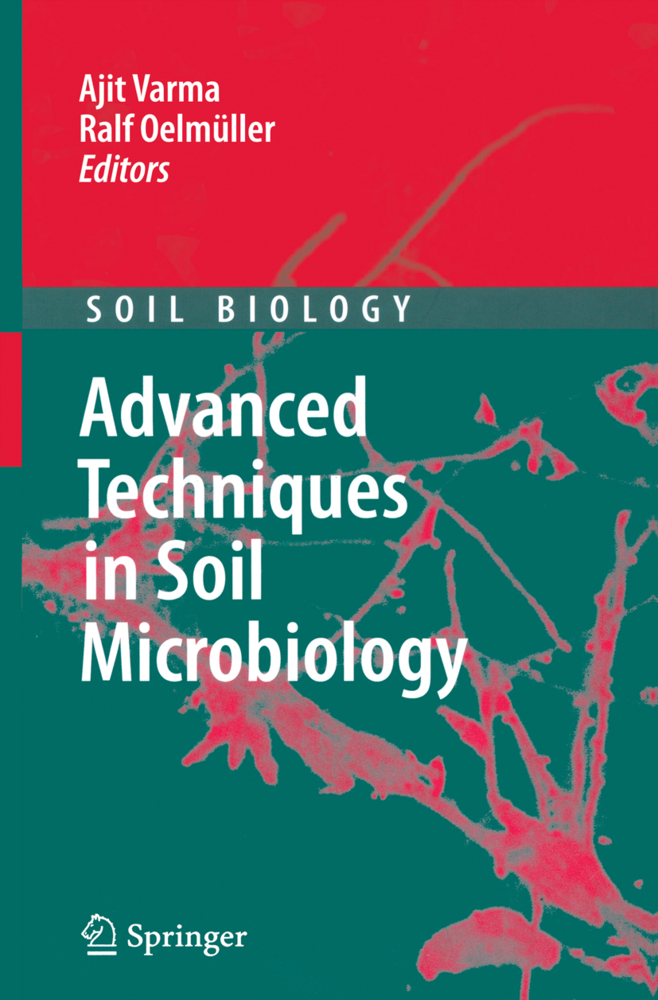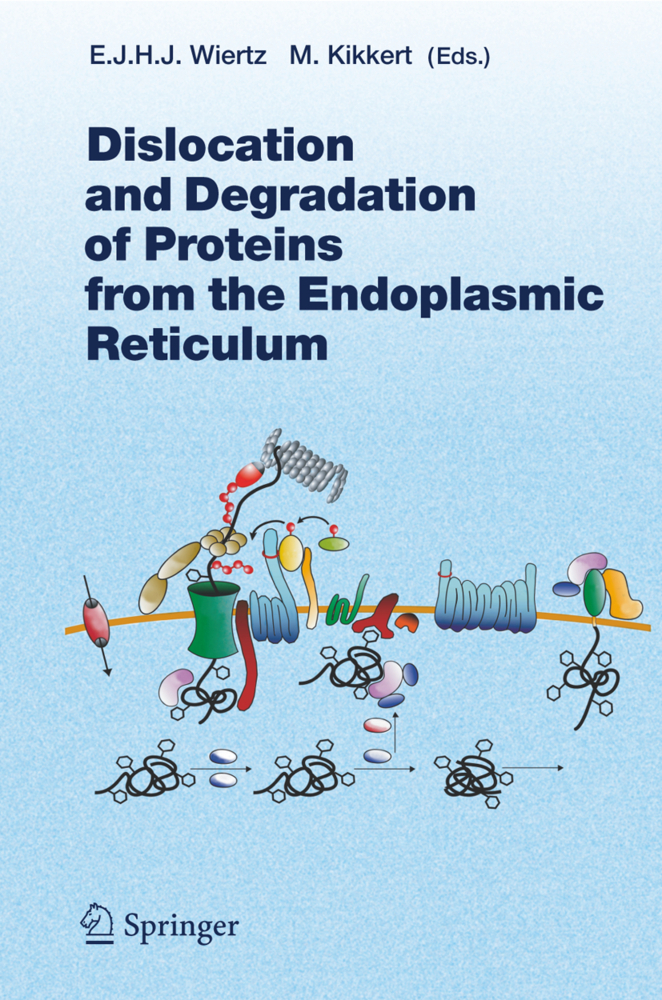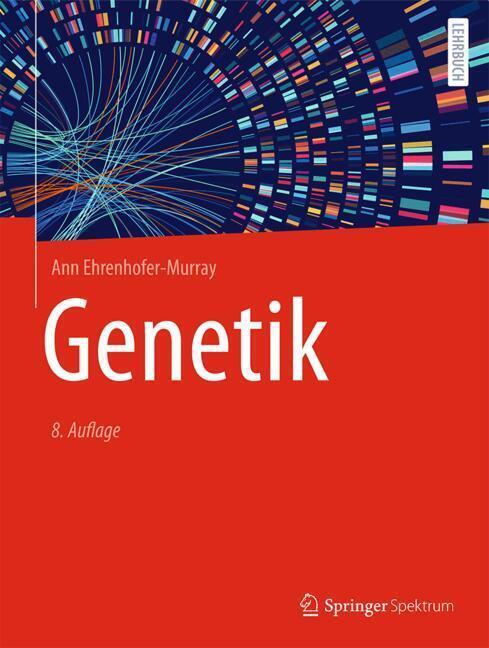this book brings together a variety of topics, covering the broad range of issues that are associated with deep biosphere exploration. In order to explain our observations from deep subsurface ecosystems it is necessary to develop interdisciplinary approaches, ranging from microbiology and geochemistry to physics and modeling. This volume will be of high interest to biologists, chemists and earth scientists all working on the deep biosphere.
Jens Kallmeyer, German Research Center for Geosciences; Dirk Wagner, German Research Center for Geosciences;
1;Preface;5 2;Contributing authors;15 3;1 Studies on prokaryotic populations and processes in subseafloor sediments-an update;19 3.1;1.1 New sites investigated;19 3.1.1;1.1.1 Southeast Atlantic sector of the Southern Ocean (Leg 177);19 3.1.2;1.1.2 Woodlark Basin, near Papua New Guinea, Pacific Ocean (Leg 180);22 3.1.3;1.1.3 Leg 185, Site 1149 in the Izu-Bonin Trench Western Equatorial Pacific;24 3.1.4;1.1.4 Nankai Trough (Leg 190), subduction zone/accretionary prism, Pacific Ocean;25 3.1.5;1.1.5 Eastern Equatorial Pacific and Peru Margin Sites 1225-1231 (Leg 201);28 3.1.6;1.1.6 Newfoundland Margin (Leg 210);30 3.1.7;1.1.7 Carbonate mound (IODP Expedition 307);31 3.2;1.2 High-pressure cultivation - DeepIsoBUG, gas hydrate sediments;33 3.3;1.3 Subseafloor biosphere simulation experiments;36 3.4;1.4 Conclusions;38 4;2 LifeintheOceanicCrust;47 4.1;2.1 Introduction;47 4.2;2.2 Sampling tools;48 4.2.1;2.2.1 Tools for accessing the deep basement biosphere;50 4.3;2.3 Contamination;54 4.3.1;2.3.1 Contamination induced during drilling;54 4.3.2;2.3.2 Contamination during fluid sampling;56 4.4;2.4 Direct evidence for life in the deep ocean crust;56 4.4.1;2.4.1 Textural alterations;57 4.4.2;2.4.2 Geochemical evidence from fluids;58 4.4.3;2.4.3 Geochemical evidence from rocks;59 4.4.4;2.4.4 Genetic surveys;63 4.5;2.5 Future directions;69 5;3 Microbial life in terrestrial hard rock environments;81 5.1;3.1 Hard rock aquifers from the perspective of microorganisms;81 5.2;3.2 Windows into the terrestrial hard rock biosphere;82 5.2.1;3.2.1 Sampling methods for microbes in hard rock aquifers;82 5.2.2;3.2.2 Yesterday marine - terrestrial today;83 5.2.3;3.2.3 Basalts and ophiolites;84 5.2.4;3.2.4 Granites;86 5.2.5;3.2.5 Hard rocks of varying origin;88 5.3;3.3 Energy from where?;89 5.3.1;3.3.1 Deep reduced gases;90 5.4;3.4 Activity;91 5.4.1;3.4.1 Stable isotopes;91 5.4.2;3.4.2 Geochemical indicators;92 5.4.3;3.4.3 In vitro activity;92 5.4.4;3.4.4 In situ activity;92 5.4.5;3.4.5 Phages may control activity rates;94 5.5;3.5 What's next in the exploration of microbial life in deep hard rock aquifers?;94 6;4 Technological state of the art and challenges;101 6.1;4.1 Basic concepts and difficulties inherent to the cultivation of subseafloor prokaryotes;101 6.2;4.2 Microbial growth monitoring,method detection limits and innovative cultivation methods;109 6.3;4.3 Challenges and research needs (instrumental, methodological and logistics needs);110 7;5 Detecting slow metabolism in the subseafloor: analysis of single cells using NanoSIMS;119 7.1;5.1 Introduction;119 7.2;5.2 Overview of ion imaging with a NanoSIMS ion microprobe;120 7.3;5.3 Detecting slow metabolism: bulk to single cells;123 7.3.1;5.3.1 Bulk measurement of subseafloor microbial activity using radiotracers;123 7.3.2;5.3.2 Observing radioactive substrate incorporation at the cellular level: microautoradiography;124 7.3.3;5.3.3 Quantitative analysis of stable isotope incorporation using NanoSIMS;125 8;4 Bridging identification and functional analysis of microbes using elemental labeling;128 8.1;5.5 Critical step for successful NanoSIMS analysis: sample preparation;130 8.2;5.6 Future directions;132 9;6 Quantifying microbes in the marine subseafloor: some notes of caution;139 9.1;6.1 Introduction;139 9.2;6.2 Quantification of specific microbial groups in marine sediments;142 9.3;6.3 Assessment of quantitative methods in marine sediments: the Leg 201 Peru Margin example;146 9.4;6.4 Global meta-analysis of FISH, CARD-FISH and qPCR quantifications of bacteria and archaea;150 9.5;6.5 Future outlook;152 10;7 Archaea in deep marine subsurface sediments;161 10.1;7.1 Introduction;161 10.2;7.2 Archaeal Ribosomal RNA phylogeny;161 10.3;7.3 Marine subsurface Archaea;162 10.4;7.4 Archaeal habitat preferences in the subsurface;167 10.5;7.5 Methanogenic and methane-oxidizing archaea;170 10.6;7.6 Archaeal abundance and ecosystem significance in the subsurface;172 11;8 Petroleum: from formation to microbiology;179 1
Kallmeyer, Jens
Wagner, Dirk
Alain, Karine
Alawi, Mashal
Amend, Jan
Biddle, Jennifer
Borgomano, Jean
Cockell, Charles
Cragg, Barry
DiPrimio, Rolando
Edgcomb, Virginia
Inagaki, Fumio
Ito, Motoo
Jungbluth, Sean
LaRowe, Douglas
Lever, Mark
Lloyd, Karen G.
Morono, Yuki
Oger, Philippe
Ollivier, Bernard
Orsi, William
Parkes, R. John
Pedersen, Karsten
Rappe, Michael
Roussel, Erwan
Røy, Hans
Sass, Henrik
Teske, Andreas P.
Toffin, Laurent
Webster, Gordon
Weightman, Andrew
| ISBN | 9783110300130 |
|---|---|
| Artikelnummer | 9783110300130 |
| Medientyp | E-Book - PDF |
| Copyrightjahr | 2014 |
| Verlag | Walter de Gruyter GmbH & Co.KG |
| Umfang | 342 Seiten |
| Sprache | Englisch |
| Kopierschutz | Digitales Wasserzeichen |

